Xanthan Gum: How Much Is Too Much? A Spicy Guide to Perfect Texture
Table of Contents
- Introduction
- What is Xanthan Gum?
- Why Use It in Cooking?
- How Much Xanthan Gum Should You Use?
- Common Uses in Spice Mixes
- Storage Hacks for Xanthan Gum
- Troubleshooting Tips
- Summary & Checklist
Introduction
If you’ve ever tried to thicken a sauce, stabilize a spicy vinaigrette, or make gluten-free bread without turning it into a hockey puck, chances are you've encountered the magical powder known as xanthan gum. But how much should you actually use?
In this guide, we’ll unravel the mystery behind xanthan gum usage — from spice mixes to sauces and everything in between. We'll even throw in some pro storage hacks to keep your stash fresh!
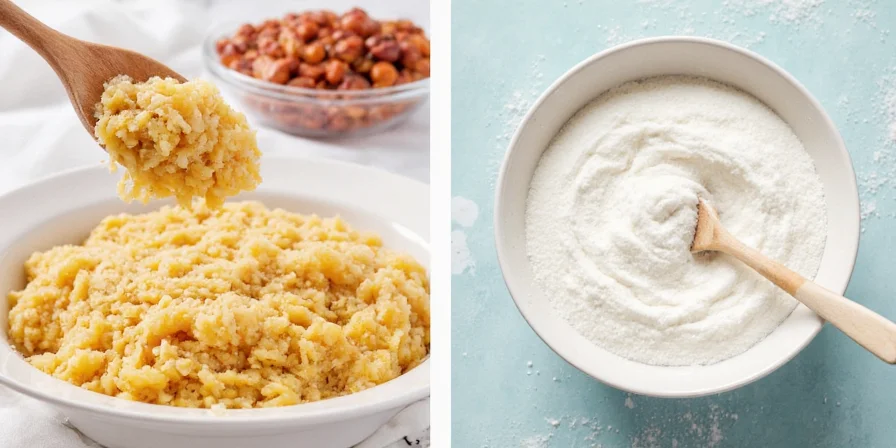
What is Xanthan Gum?
Xanthan gum is a polysaccharide produced by fermenting sugar with a bacteria called Xanthomonas campestris. In simpler terms, it’s a thickener, stabilizer, and emulsifier that makes your food feel just right.
- Natural fermentation process
- Gluten-free, vegan-friendly
- Used in both sweet and savory dishes
It's especially popular in gluten-free baking and low-carb cooking because it helps mimic the elasticity that gluten normally provides.
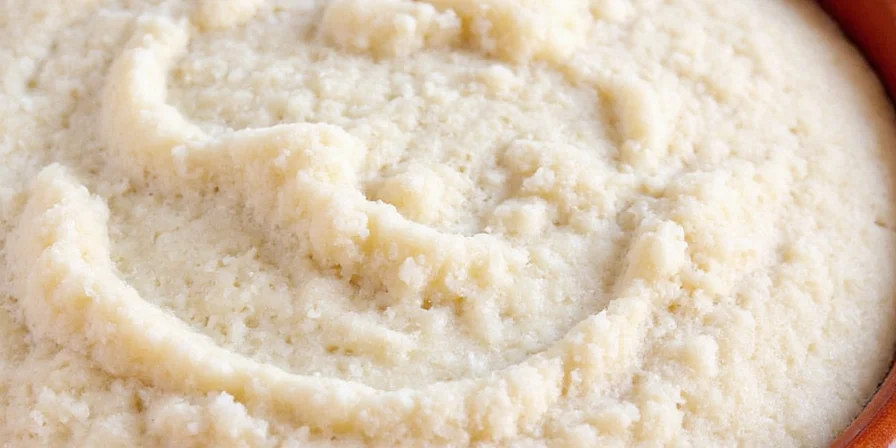
Why Use It in Cooking?
You might be wondering, “Do I really need this?” Well, if you want smoother sauces, more stable dressings, or better texture in baked goods, the answer is a resounding YES!
| Purpose | Benefit |
|---|---|
| Sauce Thickening | Makes sauces silky, not gloppy |
| Emulsifying | Keeps oil and water from separating |
| Texture Improvement | Improves mouthfeel in gluten-free items |
| Stability | Prevents separation in frozen desserts |
How Much Xanthan Gum Should You Use?
This is where most folks trip up. Unlike salt, you can’t just eyeball it. Here’s a handy reference chart:
| Dish Type | Amount (per cup) |
|---|---|
| Smoothies & Shakes | 1/8 tsp |
| Gluten-Free Baked Goods | 1/2 – 3/4 tsp |
| Cookies (GF) | 1/4 tsp |
| Sauces & Soups | 1/2 tsp |
| Vinaigrettes & Dressings | 1/8 – 1/4 tsp |
| Ice Cream | 1/4 – 1/2 tsp |
Pro Tip: Always mix xanthan gum with another dry ingredient before adding it to wet ingredients. This prevents clumping and ensures even distribution.
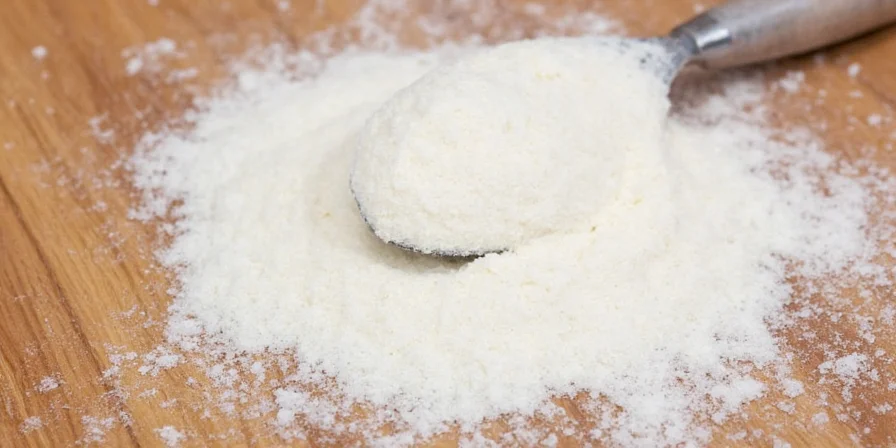
Common Uses in Spice Mixes
Yes, even your spice blends can benefit from a touch of xanthan love! When creating a custom dry rub or seasoning, adding a pinch of xanthan gum can help the spices stick better to meats or veggies.
- Taco seasonings
- BBQ rubs
- Curry powders
- Hot sauces (dry base)
Use about 1/8 teaspoon per tablespoon of spice blend for optimal adherence without altering flavor.

Storage Hacks for Xanthan Gum
Xanthan gum is relatively shelf-stable but still needs proper care. Here’s how to store it like a pro:
- Keep it sealed: Store in an airtight container away from moisture.
- Keep it cool: Store in a dark cupboard at room temperature.
- Avoid cross-contamination: Don’t double-dip scoops.
- Label and date: Helps track freshness (lasts about 2–3 years).
Fun Fact: If stored properly, xanthan gum doesn’t go bad — it just loses potency over time.

Troubleshooting Tips
Ever added too much xanthan gum and ended up with slime instead of sauce? Don’t panic — here’s what to do:
| Problem | Solution |
|---|---|
| Too thick/slimey | Add more liquid, 1 tbsp at a time |
| Lumpy texture | Whisk vigorously or strain through sieve |
| No thickening effect | Check expiration date; old gum may be inactive |
| Bitter aftertaste | You probably used too much — start over and scale down |
Remember, less is more. Start with half the recommended amount and adjust as needed.
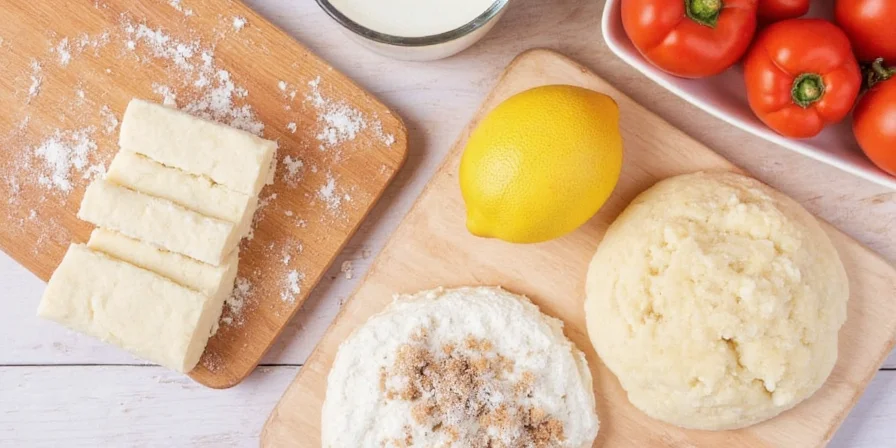
Summary & Checklist
Here’s a quick recap of everything you need to remember when using xanthan gum in your kitchen adventures:
- Always start small: 1/8 tsp is often enough.
- Mix with dry ingredients first to avoid clumps.
- Store in a cool, dry place with a tight lid.
- Works great in spice blends for better adhesion.
- Perfect for gluten-free and low-carb recipes.
Final Thought: Xanthan gum is like the secret agent of texture — invisible until it works its magic. Use wisely, store smartly, and let your flavors shine!
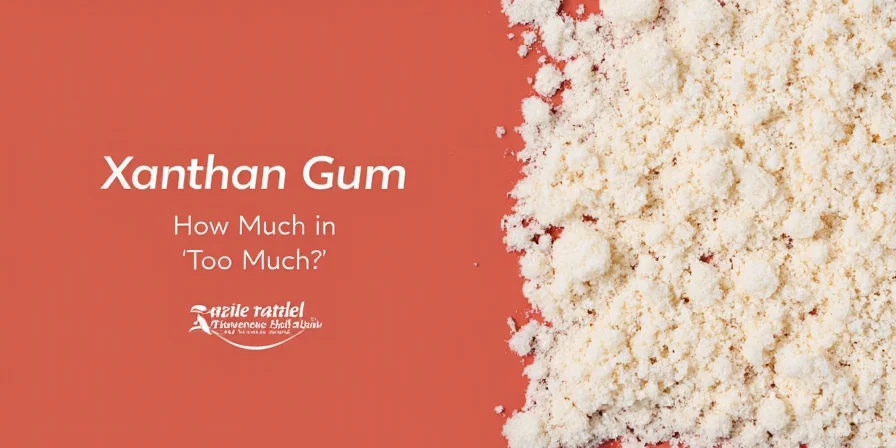

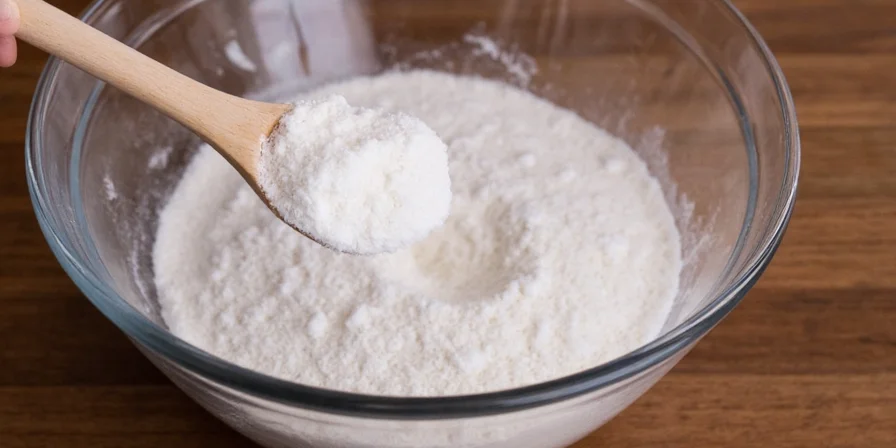









 浙公网安备
33010002000092号
浙公网安备
33010002000092号 浙B2-20120091-4
浙B2-20120091-4